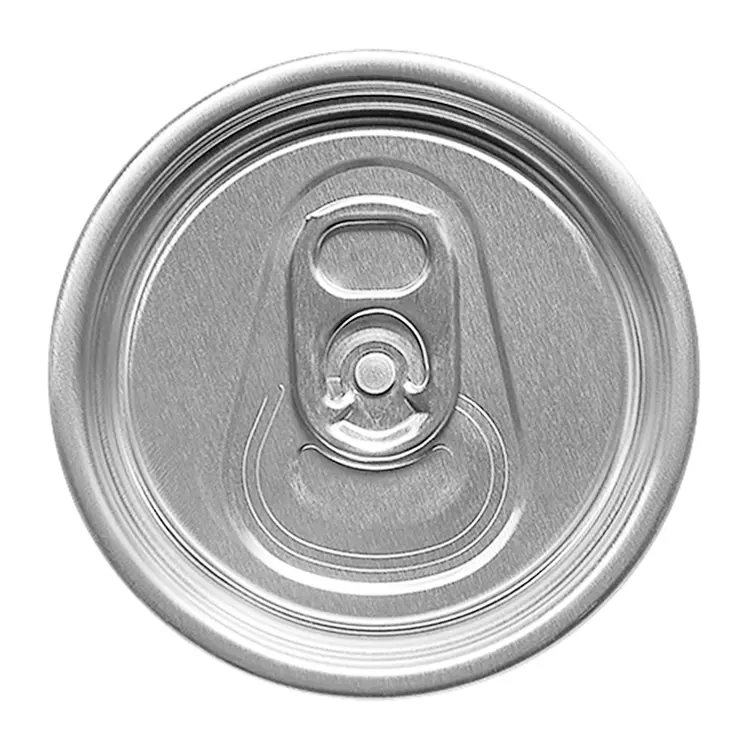In the beverage and packaging industry, the type of can end you choose directly impacts product integrity, cost efficiency, and overall sustainability. Among the most commonly used designs, CDL (Can Design Lightweight) can ends and B64 can ends stand out as industry standards. Understanding the differences between CDL vs B64 can ends is essential for manufacturers, suppliers, and distributors when making purchasing decisions.
What Are CDL and B64 Can Ends?
-
CDL Can Ends (Can Design Lightweight):
Designed to reduce material use, CDL ends offer a lighter structure while maintaining strength. They contribute to lower transportation costs and improved sustainability. -
B64 Can Ends:
Considered the long-standing standard in the beverage industry, B64 can ends provide reliable sealing and compatibility across a wide range of filling equipment. They are widely used for carbonated soft drinks, beer, and other beverages.
CDL vs B64 Can Ends: Key Comparisons
-
Weight & Sustainability:
-
CDL ends are lighter, supporting eco-friendly manufacturing.
-
B64 ends are heavier, but remain widely accepted for their strength.
-
-
Sealing Technology:
-
CDL offers improved sealing profiles with reduced metal usage.
-
B64 provides consistent, traditional sealing but with higher material consumption.
-
-
Compatibility:
-
CDL requires filling lines adapted to its profile.
-
B64 is compatible with most existing equipment without modification.
-
-
Cost Efficiency:
-
CDL can reduce raw material and transport costs.
-
B64 involves higher material usage but may avoid line conversion costs.
-
Why This Matters for B2B Buyers
Choosing between CDL vs B64 can ends affects more than just packaging—it impacts supply chain strategy, operational efficiency, and environmental responsibility. For large-scale beverage producers and contract packagers, aligning with the right type ensures:
-
Reliable sealing performance for different beverage types
-
Optimized material and shipping costs
-
Compliance with sustainability targets
-
Smooth integration with current or future filling equipment
Conclusion
Both CDL and B64 can ends remain highly relevant in the beverage industry. CDL offers lightweight, sustainable, and cost-saving benefits, while B64 delivers proven compatibility and widespread availability. B2B buyers should carefully evaluate production needs, sustainability goals, and equipment compatibility before making a choice.
FAQs
1. Which is more eco-friendly: CDL or B64 can ends?
CDL can ends are generally more eco-friendly due to their lightweight design, which reduces material use and transportation emissions.
2. Are CDL can ends compatible with all filling lines?
Not always—some equipment adjustments may be needed to accommodate the CDL profile.
3. Why do some companies still prefer B64 can ends?
B64 can ends remain widely used because they work seamlessly with existing equipment and have a proven track record of reliability.
Post time: Sep-24-2025








